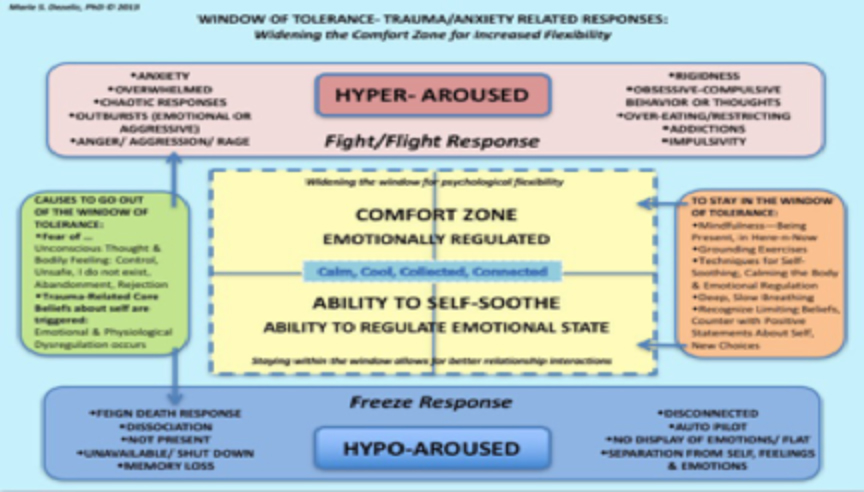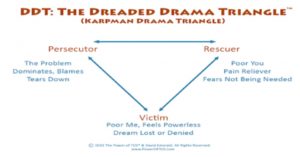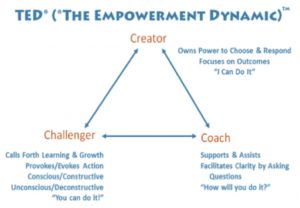The Benefits of Group Therapy
Have you ever wondered what group therapy is, or what the point of group treatment would be for you? Depending on the issue, joining a group can be a helpful choice for making positive life changes.
Group therapy is a form of therapy where a small, selected group of people meet with a therapist, usually weekly. The purpose of group therapy is to help each person with emotional growth and problem solving. Sometimes a person can do both individual and group therapy, while others may only do a group.
According to Dr. Irvin Yalom in his book The Theory and Practice of Group Psychotherapy identified 11 curative factors that are the “primary agents of change” in group therapy:
1. Installation of Hope: People come to a group to improve their lives. Each person in the group is at a different place in their emotional growth and can offer hope and inspiration to others by showing what they have learned and overcome.
2. Universality: Many who begin group therapy may feel isolated and alone. Being part of a group can help people feel understood and have a sense of belonging. Especially if you are apart of a small niche population such as sex work.
3. Information Giving: A big part of many therapy groups is increasing knowledge of a common problem. This helps members help themselves and others with the same or similar problems.
4. Altruism: The ability to help others in the group is a source of self esteem and increases self worth, especially in those that do not think they have anything to offer others.
5. Corrective recapitulation of the primary family: Some people in group therapy may have stress or conflict in their family. The group can become a form of a family that can offer support and acceptance.
6. Improved Social Skills: Social learning, or the development of social skills, is something that occurs in therapy groups. Members offer feedback to each other about their behavior in ways that can improve relationships both in and outside of group.
7. Imitative Behavior: The therapist models appropriate prosocial behaviors such as active listening, non-judgemental feedback, and support. Over the course of the group the members can pick up on these behaviors and integrate them into their own behaviors. This can lead to improved social skills and self esteem.
8. Interpersonal Learning: Being a group can be an opportunity for members to work on their ability to relate to others and improve relationships.
9. Group cohesiveness: Wanting to belong to a group a main motivation for human behavior. Group therapy can help people feel accepted and valued. This is an important healing factor if members have felt isolated.
10. Catharsis: The release of conscious or unconscious feelings gives members a great sense of relief. Yalom states that it is a type of emotional learning, as opposed to intellectual understanding, that can lead to immediate and long lasting change.
11. Existential Factors: Groups can explore and process issues such as death, isolation, and meaninglessness and help them accept difficult realities.
Joining a group of strangers can seem intimidating at first, however, joining a group can provide benefits that individual therapy alone may not, such as providing a support network. Other group members can help formulate solutions and hold each member accountable for change. Also talking with and listening to others can help put problems in perspective. Others may share similar struggles and give each member the experience that they are not alone. Diverse feedback is another benefit of participating in a group. Each members’ personality and background can help examine problems in different ways. Members can learn many different strategies for tackling issues.
By Nicki Line LMHC, LAPC, CST
The list of Pineapple Support support groups can be found by clicking here





